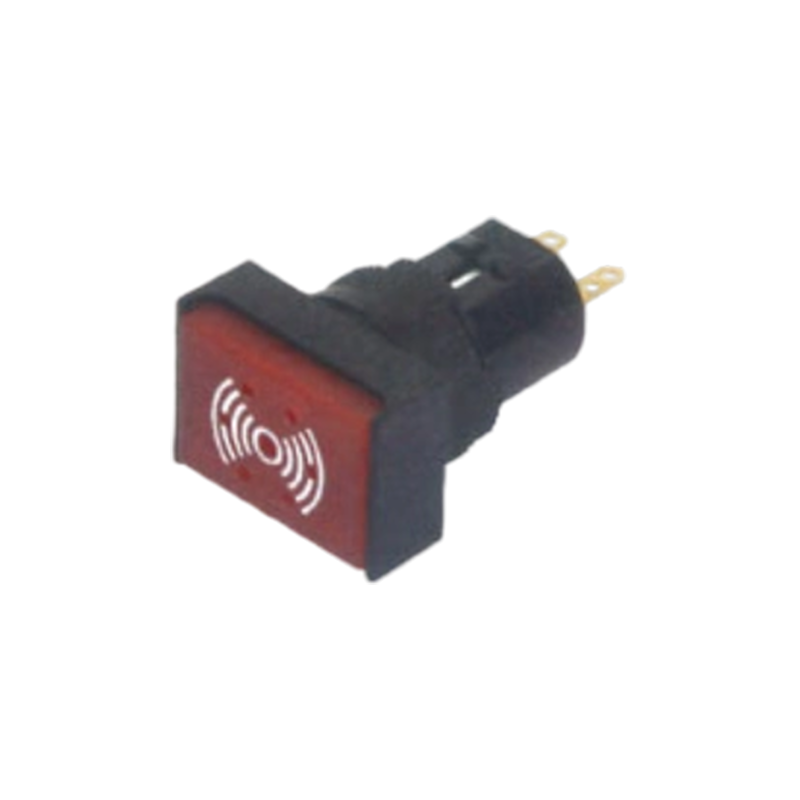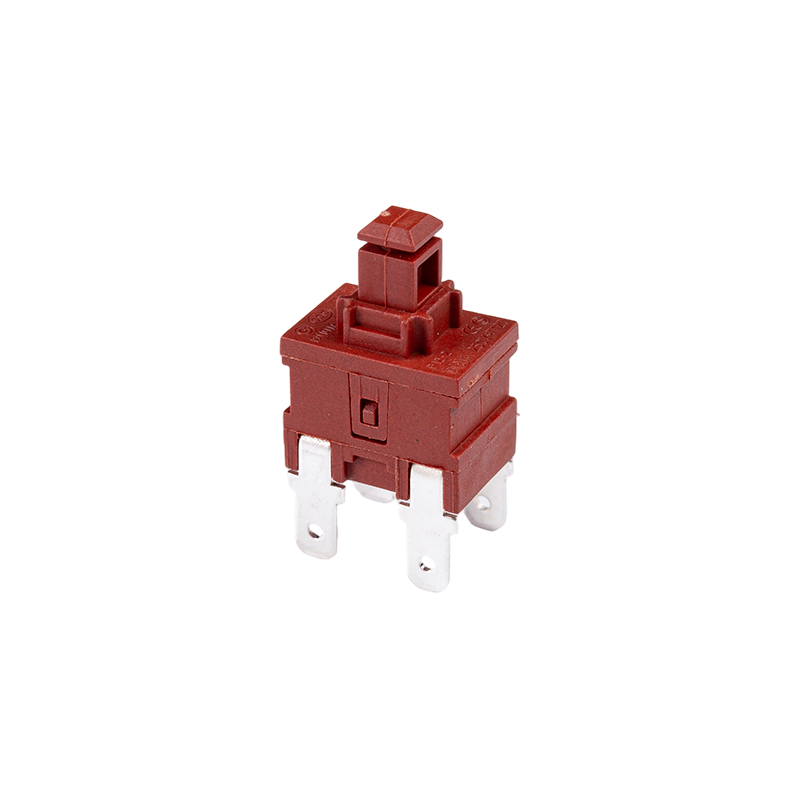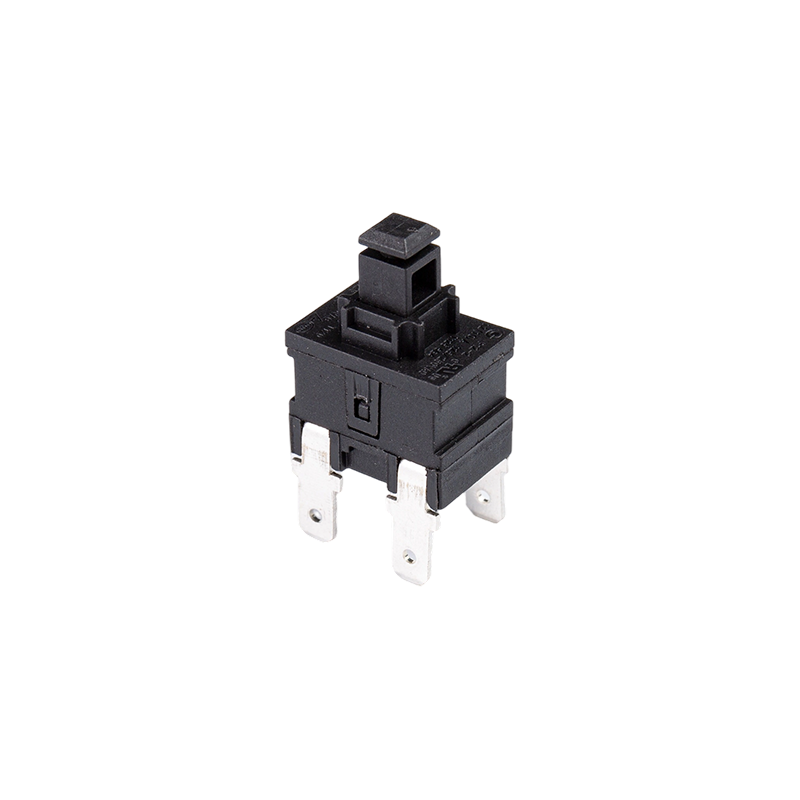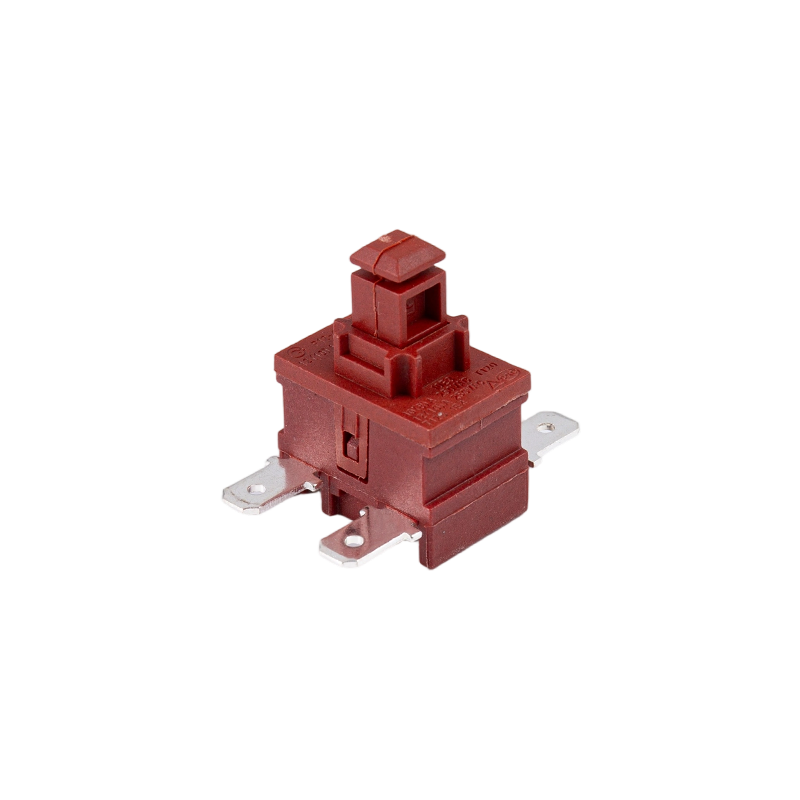-
A Rocker Switch is a compact and easy-to-operate manual control component. Its unique rocker-style actuation, combined with a toggle or momentary reset function, allows users to quickly switch circuit...View More >>
-
A micro switch is a small mechanical switch with a fast action mechanism, which is widely used in household appliances, industrial automation, automotive electronics, medical equipment, and other fiel...View More >>
-
Push button switches are widely used in various control systems with their diverse structural designs, high-strength material selection, and excellent performance. The products are available in a vari...View More >>
-
The internal structure of the piano key switch mostly adopts a mechanical or light-touch design. Some high-end models use capacitive sensing technology to achieve contactless operation, thereby improv...View More >>
-
The baby stroller gear switch is an innovative product independently developed by our company. We have applied for invention patents both domestically and internationally, which fully demonstrates the...View More >>
-
The knob switch adopts a high-sensitivity rotary contact structure, which has smooth operation and clear positioning, ensuring that every adjustment is accurate. The product has excellent durability a...View More >>
-
The KM trigger switch is a universal high-current switch designed for high-power power tools, with excellent current carrying capacity and stable performance. The internal fast-action structure ensure...View More >>
-
A door control switch, also known as a door magnetic switch or door status sensor, is a key electrical component widely used in industrial control, security systems, intelligent building automation, a...View More >>
-
The wiring harness is an overall wiring assembly that integrates multiple wires, cables, terminals, and connectors according to specific electrical design and mechanical structure requirements. It is ...View More >>
-
PCB control board is one of the indispensable core components in modern electronic devices. As the brain of the control system, it is widely used in many fields such as industrial automation, consumer...View More >>
Button Switches: Types, Uses, and Applications Explained
 2025.11.13
2025.11.13
 Industry News
Industry News
Introduction to Button Switches
Button switches are integral components in many electronic devices and appliances. They are designed to open or close an electrical circuit when pressed. Button switches are commonly found in applications ranging from household electronics to complex industrial systems. Their versatility and simplicity make them one of the most widely used types of switches.
Types of Button Switches
There are several different types of button switches, each with unique features and functions. The most common ones include:
- Pushbutton Switches
- Rocker Switches
- Toggle Switches
- Momentary Switches
- Illuminated Pushbutton Switches
Pushbutton Switches
Pushbutton switches are perhaps the most common and widely used type. They function by pressing the button, which completes the circuit and allows electricity to flow. When released, the circuit opens again. These are often found in devices such as calculators, microwaves, and many other consumer electronics.
Rocker Switches
Rocker switches are designed to rock back and forth when pressed. These switches are typically used for controlling power in larger devices, such as household appliances and light fixtures. The design allows for easy toggling between two states (on/off).
Toggle Switches
Toggle switches are mechanical switches that are operated by flipping a lever or handle. These are common in automotive applications and industrial machinery, offering a more durable and reliable way to control circuits in demanding environments.
Momentary Switches
Momentary switches only remain in an active state while being pressed. Once the pressure is released, the switch returns to its default position. They are often used in alarms, intercoms, and remote controls.
Illuminated Pushbutton Switches
Illuminated pushbutton switches are similar to standard pushbuttons but include an integrated light source, typically LED. These switches are used in applications where it’s important to indicate whether the switch is on or off, such as in equipment racks and control panels.
Applications of Button Switches
Button switches are found in a wide range of applications across various industries. Below are some of the common sectors where these switches are widely used:
- Consumer Electronics
- Automotive Industry
- Home Appliances
- Industrial Machinery
- Medical Devices
Consumer Electronics
Button switches are frequently used in consumer electronics such as televisions, radios, and home entertainment systems. These devices require easy-to-operate switches that provide a reliable on/off functionality.
Automotive Industry
In the automotive industry, button switches are used for a variety of functions, including controlling lights, windows, and even engine start systems. The durable design ensures they can withstand the harsh conditions found in vehicles.
Home Appliances
Home appliances like washing machines, refrigerators, and ovens rely on button switches for user interaction. These switches are designed for ease of use and can support a range of electrical currents depending on the appliance’s requirements.
Industrial Machinery
In industrial settings, button switches are often used for controlling machinery and equipment. Their reliability and ability to function in extreme environments make them an essential component of heavy machinery and control panels.
Medical Devices
Medical devices such as infusion pumps and diagnostic equipment often incorporate button switches. These devices require precise, reliable switches that function under rigorous conditions, ensuring the safety and effectiveness of medical treatments.
Factors to Consider When Choosing Button Switches
Selecting the right button switch for an application requires careful consideration of several factors. These include:
- Switch Type
- Durability and Reliability
- Electrical Rating
- Size and Design
- Environmental Considerations
Switch Type
The type of switch you choose should be based on the specific function required. For instance, a momentary switch may be best for an alarm system, while a toggle switch might be more suitable for an industrial machine.
Durability and Reliability
Button switches must be durable enough to withstand frequent use, especially in high-traffic environments like industrial settings. Look for switches with high-rated cycle life for extended reliability.
Electrical Rating
The electrical rating of the switch should match the device’s power requirements. Ensure that the voltage and current ratings of the switch are suitable for the application to prevent overheating or failure.
Size and Design
The size of the button switch should fit the available space in the device. Additionally, the design should be compatible with the aesthetic and functional requirements of the product.
Environmental Considerations
Environmental factors such as moisture, temperature, and exposure to chemicals can affect the performance of button switches. Be sure to select switches that are designed to withstand these conditions for long-term functionality.





 English
English  русский
русский  Español
Español  Deutsch
Deutsch  عربى
عربى 










